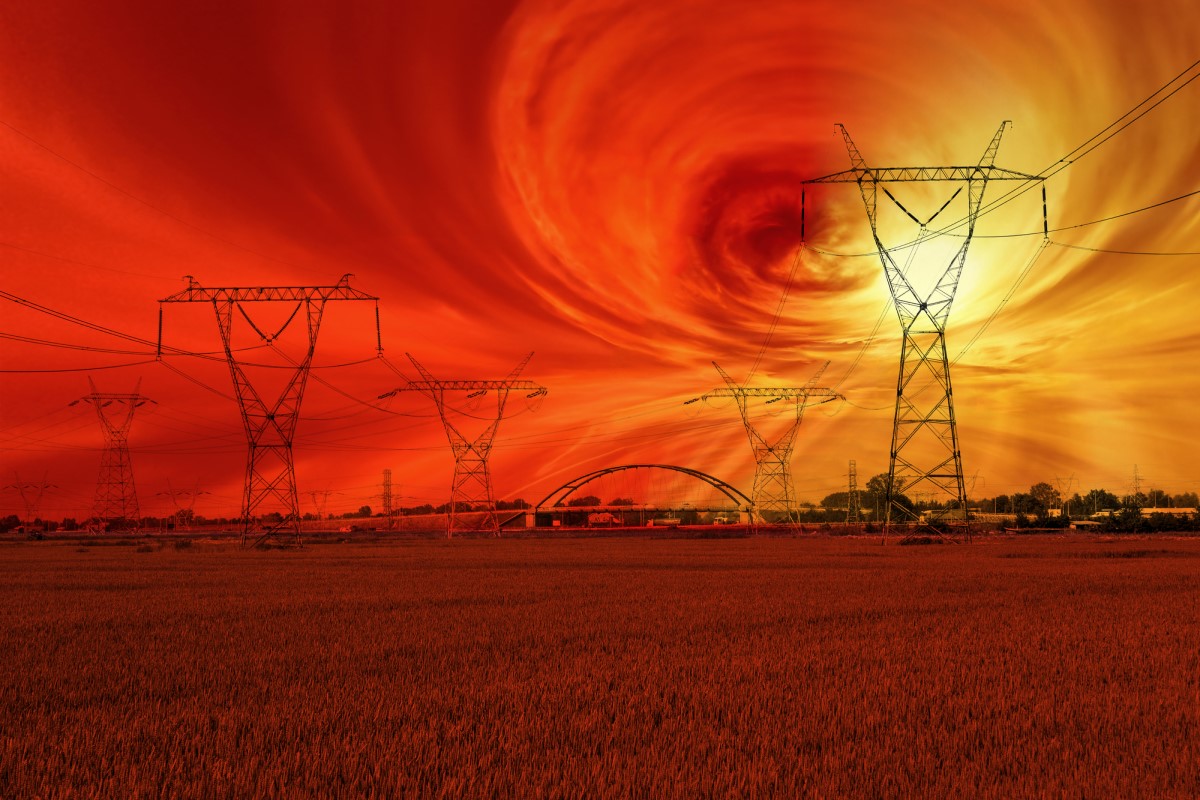The sun’s fury unleashed: G5 solar storms pose a formidable threat to Earth, with the potential to cripple critical infrastructure and disrupt our way of life. This article delves into the nature, impacts, and preparedness measures surrounding these celestial tempests.
Solar storms, colossal explosions on the sun’s surface, can hurl billions of tons of charged particles into space. These particles, traveling at near-light speed, can interact with Earth’s magnetic field, triggering geomagnetic storms that disrupt power grids, communications, and satellite navigation.
Solar Storms

Solar storms are violent eruptions from the Sun that can send a stream of charged particles and radiation towards Earth. These storms can have significant impacts on Earth’s magnetic field, atmosphere, and technology.
Characteristics and Types of Solar Storms
- Coronal Mass Ejections (CMEs):Massive clouds of plasma ejected from the Sun’s corona.
- Solar Flares:Sudden and intense bursts of energy from the Sun’s atmosphere.
- Geomagnetic Storms:Disturbances in Earth’s magnetic field caused by solar storms.
Notable Solar Storms in History
- 1859 Carrington Event:A powerful CME that caused widespread telegraph disruptions.
- 1989 Quebec Blackout:A CME that caused a major power outage in Quebec, Canada.
- 2003 Halloween Solar Storm:A series of CMEs that caused disruptions to satellite communications and power grids.
- Power outages:Can damage transformers and disrupt power distribution.
- Satellite disruptions:Can interfere with satellite communications and navigation systems.
- GPS interference:Can degrade the accuracy of GPS signals.
- Aurorae at low latitudes:Can cause aurorae to be visible in areas where they are not normally seen.
- Shielding:Using protective materials to block solar radiation.
- Redundancy:Creating backup systems to ensure continuity of service.
- Early warning systems:Providing advance notice of potential storms.
G5 Solar Storm

Definition and Significance
A G5 solar storm is the most severe type of solar storm, with the potential to cause widespread and long-lasting damage. It is characterized by extreme geomagnetic activity and can have significant impacts on Earth’s infrastructure.
Potential Impacts
Warning Systems and Preparedness
Early warning systems monitor solar activity and can provide advance notice of potential G5 storms. Preparedness measures include strengthening infrastructure, developing backup systems, and educating the public about the risks.
According to recent studies, the ongoing solar storm is expected to persist for several more days. Experts at the National Oceanic and Atmospheric Administration (NOAA) predict that the storm’s effects, which include geomagnetic disturbances and potential disruptions to power grids and communications systems, could continue until how long is the solar storm going to last .
Sun-Earth Connection

Relationship between the Sun and Earth
The Sun’s activity directly affects Earth’s environment. Solar storms can disrupt Earth’s magnetic field, which protects the planet from harmful radiation.
Solar Activity and Earth’s Magnetic Field
Solar storms can compress Earth’s magnetic field, causing geomagnetic storms. These storms can induce electric currents in the ground, which can damage infrastructure.
Role of Earth’s Magnetosphere
Earth’s magnetosphere is a protective shield that deflects most solar particles away from the planet. However, during G5 storms, the magnetosphere can be overwhelmed.
Space Weather Forecasting
Methods for Forecasting Solar Storms, G5 solar storm
Space weather forecasting uses observations of the Sun and models to predict solar activity. Techniques include monitoring sunspot activity, solar flares, and CMEs.
Accuracy and Limitations
Space weather forecasting is still a developing field, and the accuracy of predictions can vary. Limitations include the unpredictable nature of solar storms and the long lead times required for forecasting.
Importance of Space Weather Forecasting
Accurate space weather forecasting is crucial for mitigating the risks of solar storms. It allows for timely warnings and preparedness measures to be implemented.
Mitigation and Protection
Risks to Critical Infrastructure
G5 solar storms can pose significant risks to critical infrastructure, including power grids, communication networks, and satellites.
In other news, Gonzaga University standout andrew nembhard has declared for the 2023 NBA Draft. The talented point guard, who led the Bulldogs to the NCAA Tournament Sweet 16, is projected as a potential first-round pick. Nemhard’s impressive skill set and leadership abilities have drawn attention from numerous NBA scouts.
Mitigation Strategies and Technologies
International Cooperation
Protecting against solar storms requires international cooperation. Information sharing and coordinated preparedness efforts are essential for mitigating the global impacts of these events.
Closure: G5 Solar Storm
The consequences of a G5 solar storm could be far-reaching, affecting everything from global economies to everyday life. Understanding the science behind these storms and implementing robust preparedness measures are crucial to mitigating their potential impacts.
As we continue to explore the sun-Earth connection, scientists are working tirelessly to improve space weather forecasting and develop technologies to shield our planet from the wrath of solar storms. International cooperation and a concerted effort to enhance our preparedness will be vital in safeguarding our infrastructure and ensuring the well-being of future generations.











